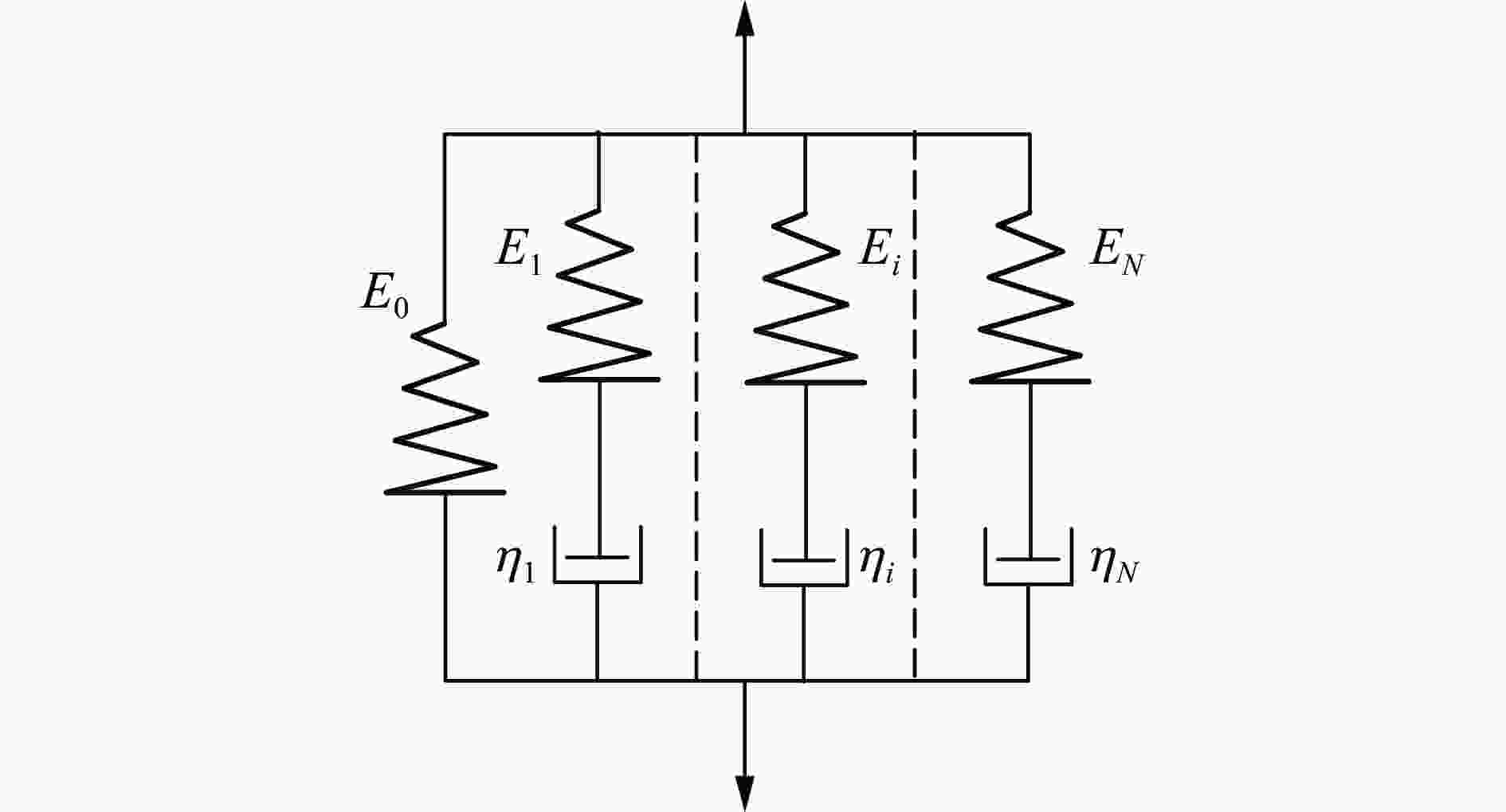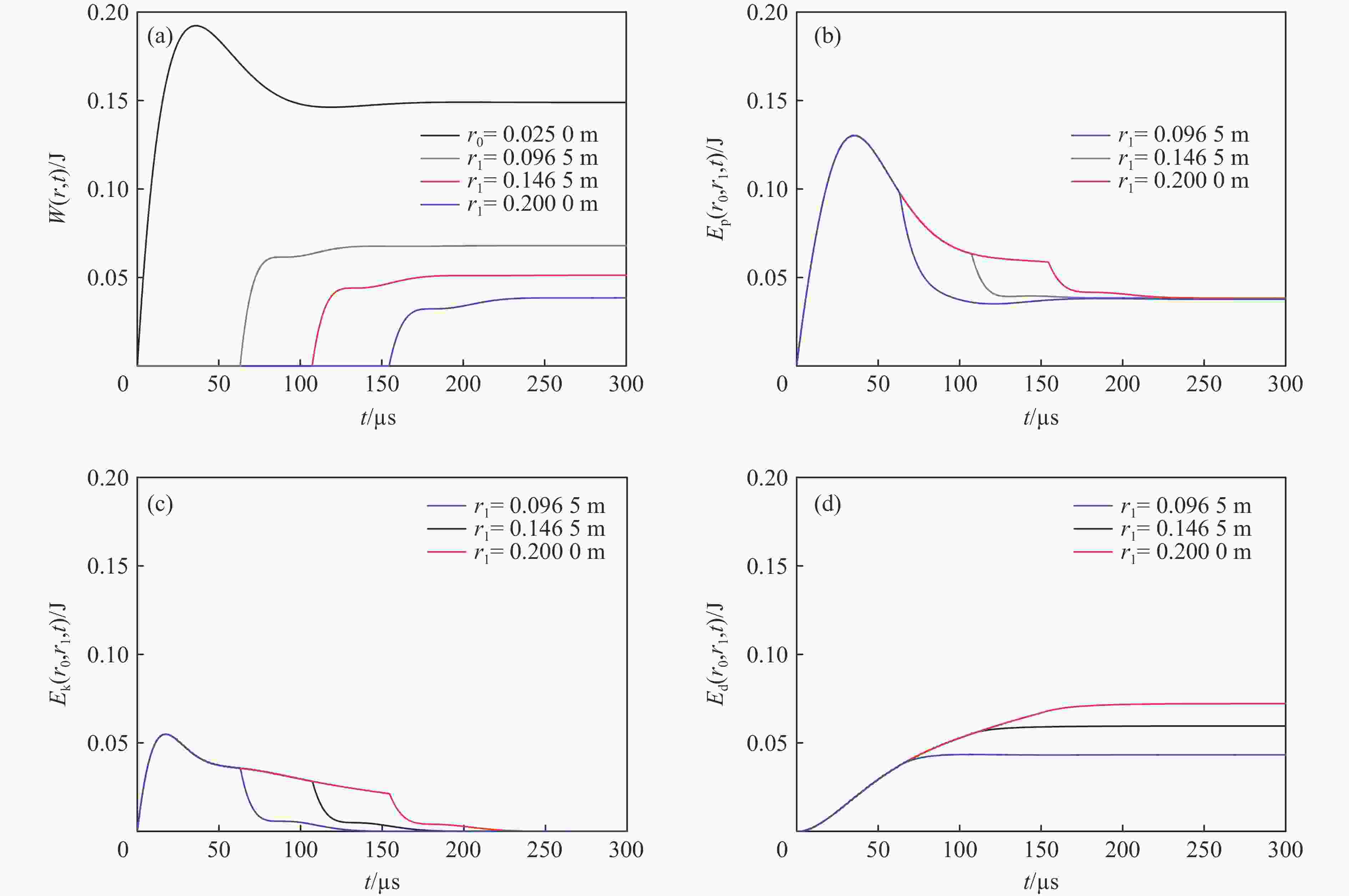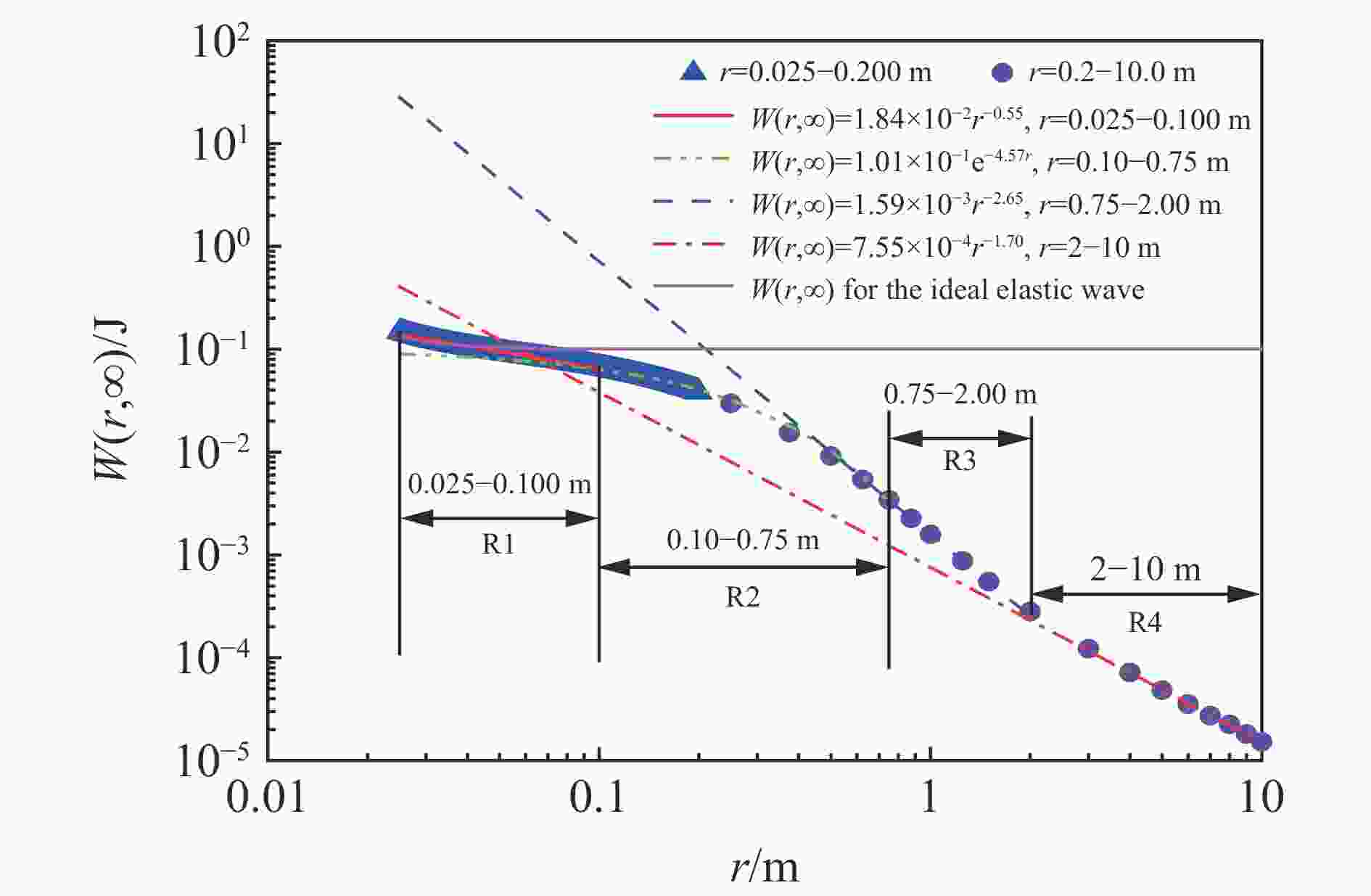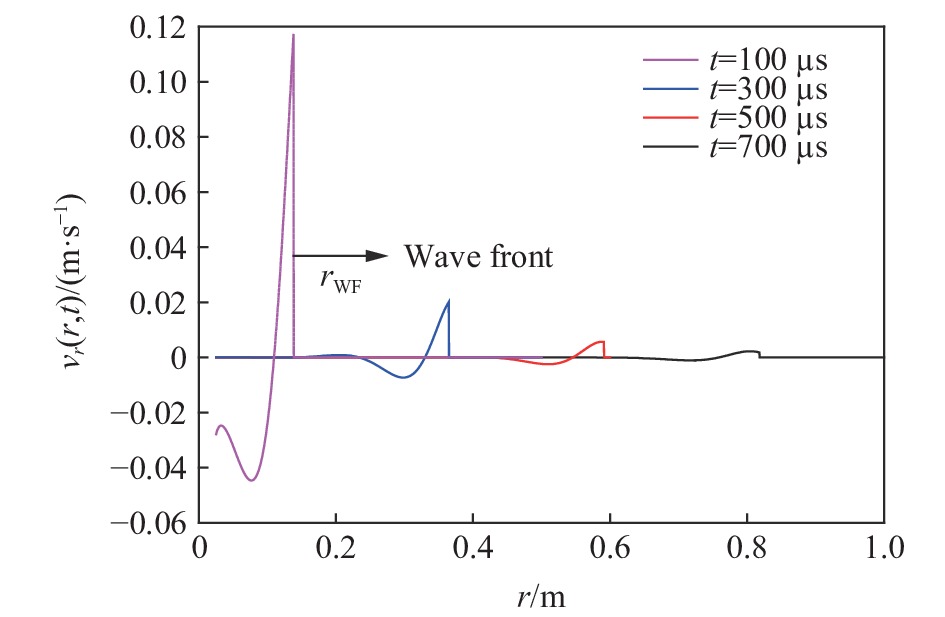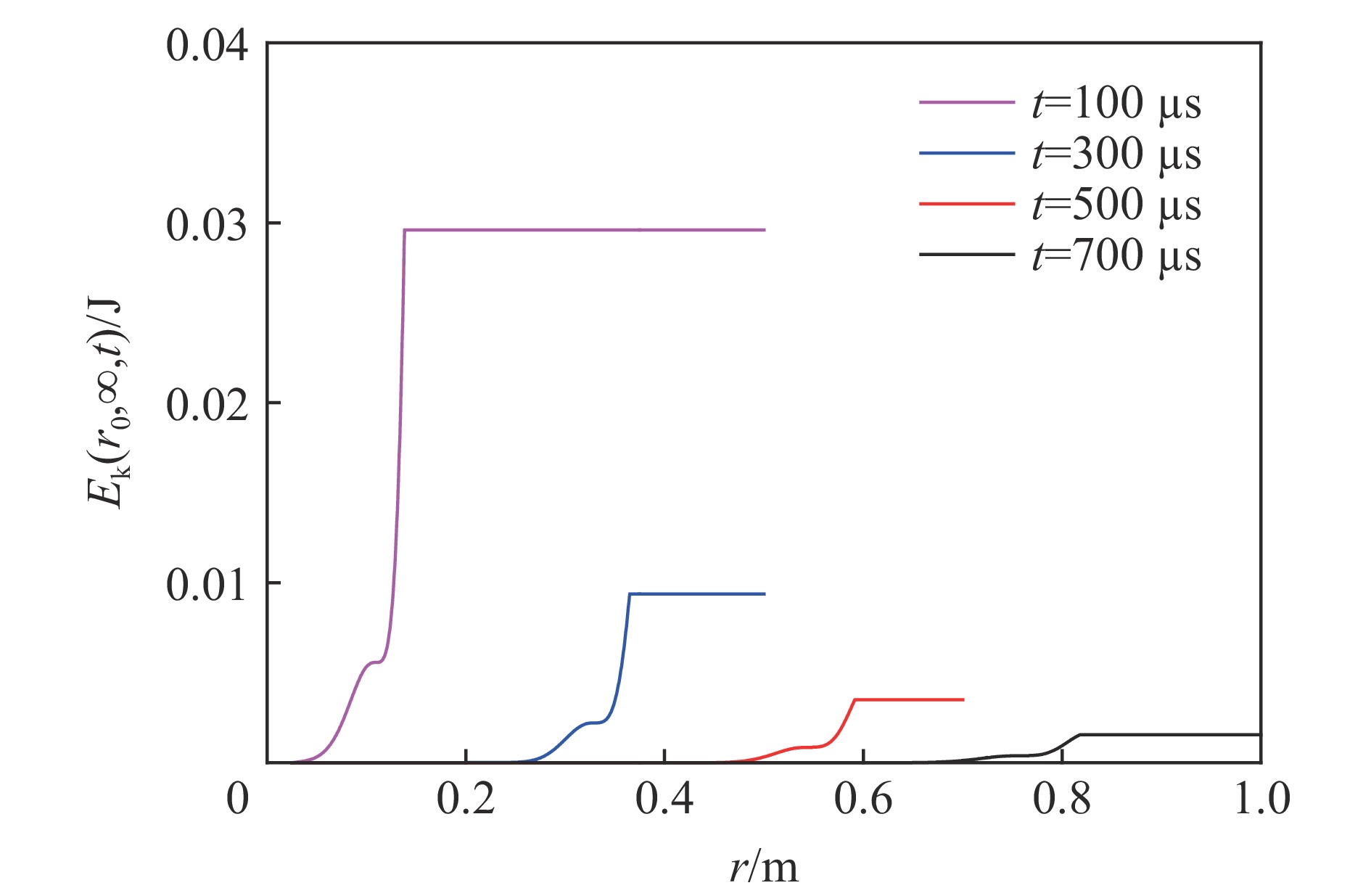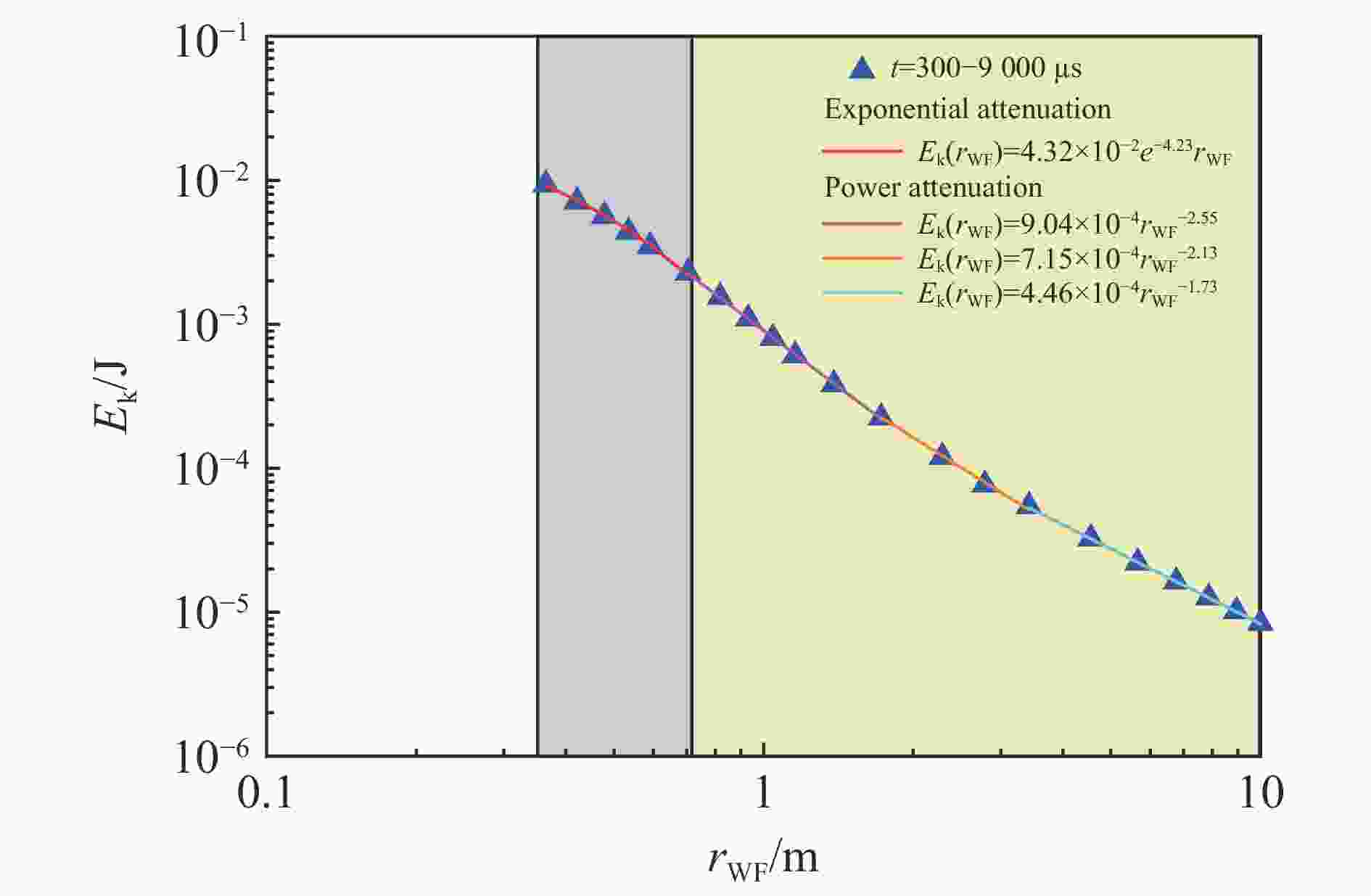| [1] |
靳平, 徐果明, 楼为涛. 受低频动态正压力加载的椭球腔的地震矩张量表示及其在无限介质中辐射的地震波 [J]. 地震学报, 1997, 19(5): 447–456.JIN P, XU G M, LOU W T. Seismic moment tensor representation of ellipsoidal cavity loaded with low frequency dynamic positive pressure and seismic wave radiated in infinite medium [J]. Aata Seismologica Sinica, 1997, 19(5): 447–456.
|
| [2] |
CHOY G L, BOATWRIGHT J. Global patterns of radiated seismic energy and apparent stress [J]. Journal of Geophysical Research, 1995, 100(89): 18205–18228. DOI: 10.1029/95JB01969.
|
| [3] |
BOATWRIGHT J, CHOY G L. Teleseismic estimates of the energy radiated by shallow earthquakes [J]. Journal of Geophysical Research, 1986, 91(B2): 2095–2112. DOI: 10.1029/JB091iB02p02095.
|
| [4] |
MUELLER R A, MURPHY J R. Seismic characteristics of underground nuclear detonations: Part Ⅰ: seismic spectrum scaling [J]. Bulletin of the Seismological Society of America, 1971(61): 1675–1692.
|
| [5] |
MUELLER R A, MURPHY J R. Seismic characteristics of underground nuclear detonations: Part Ⅱ. Elastic energy and magnitude determinations [J]. Bulletin of the Seismological Society of America, 1971(61): 1693–1704.
|
| [6] |
周钟, 王肖钧, 肖卫国, 等. 花岗岩介质中地下爆炸震源函数研究 [J]. 爆炸与冲击, 2007, 27(1): 18–25. DOI: 10.11883/1001-1455(2007)01-0018-08.ZHOU Z, WANG X J, XIAO W G, et al. Study on the main characteristics of underground explosion seismic source function in granite [J]. Explosion and Shock Waves, 2007, 27(1): 18–25. DOI: 10.11883/1001-1455(2007)01-0018-08.
|
| [7] |
MURPHY J R. Free-field seismic observations from underground nuclear explosions [M]. Explosion Source Phenomenology: American Geophysical Union Monograph, 1991. DOI: 10.1029/GM065p0025.
|
| [8] |
袁乃荣, 刘瑞丰, 李赞, 等. 能量震级及其测定 [J]. 地震地磁观测与研究, 2018, 39(5): 1–7. DOI: 10.3969/j.issn.1003-3246.2018.05.001.YUAN N R, LIU R F, LI Z, et al. Energy magnitude and its determination [J]. Seismological and Geomagnetic Observation and Research, 2018, 39(5): 1–7. DOI: 10.3969/j.issn.1003-3246.2018.05.001.
|
| [9] |
李赞, 刘瑞丰, 孔韩东, 等. 中强地震能量震级测定 [J]. 地震学报, 2019, 41(3): 289–301. DOI: 10.11939/jass.20180139.LI Z, LIU R F, KONG H D, et al. Energy magnitude determination of moderate-strong earthquakes [J]. Acta Seismologica Sinica, 2019, 41(3): 289–301. DOI: 10.11939/jass.20180139.
|
| [10] |
SANCHIDRIÁR J A, SEGARRA P, LÓPEM L M. Energy components in rock blasting [J]. International Journal of Rock Mechanics & Mining Sciences, 2007, 44: 130–147.
|
| [11] |
田振农, 张乐文, 李世海. 岩体中爆腔内压力脉动特征和爆炸能量分布的数值模拟 [J]. 岩土工程学报, 2010, 32(8): 1247–1252. DOI: http://dspace.imech.ac.cn/handle/311007/43766.TIAN Z N, ZHANG L W, LI S H. Numerical simulation of pulsation features of pressure in explosion cavity and distribution of explosive energy in rock blasting [J]. Chinese Journal of Geotechnical Engineering, 2010, 32(8): 1247–1252. DOI: http://dspace.imech.ac.cn/handle/311007/43766.
|
| [12] |
郭家豪, 范锦彪. 基于振动的钻地弹爆炸能量计算方法研究 [J]. 振动与冲击, 2020, 39(10): 180–184.GUO J H, FAN J B. Numerical calculation method for earth penetrating weapon explosion energy based on vibration [J]. Journal of Vibration and Shock, 2020, 39(10): 180–184.
|
| [13] |
吴亮, 卢文波, 宗琦. 岩石中柱状装药爆炸能量分布 [J]. 岩土力学, 2006, 27(5): 734–738.WU L, LU W B, ZONG Q. Distribution of explosive energy consumed by column charge in rock [J]. Rock and Soil Mechanics, 2006, 27(5): 734–738.
|
| [14] |
肖卫国, 王肖钧, 朱号锋, 等. 不同介质地下爆炸的地震耦合效应 [J]. 爆炸与冲击, 2012, 32(3): 267–272. DOI: 10.11883/1001-1455(2012)03-0267-06.XIAO W G, WANG X J, ZHU H F, et al. Experimental study on seismic coupling effects of underground explosions in different materials [J]. Explosion and Shock waves, 2012, 32(3): 267–272. DOI: 10.11883/1001-1455(2012)03-0267-06.
|
| [15] |
LU Q, WANG Z J. Studies of the propagation of viscoelastic spherical divergent stress waves based on the generalized Maxwell model [J]. Journal of Sound and Vibration, 2016, 371: 183–195. DOI: 10.1016/j.jsv.2016.02.034.
|
| [16] |
卢强, 王占江. 标准线性固体材料中球面应力波传播特征研究 [J]. 物理学报, 2015, 64(10): 108301. DOI: 10.7498/aps.64.108301.LU Q, WANG Z J. Characteristics of spherical stress wave propagation in the standard linear solid material [J]. Acta Physica Sinica, 2015, 64(10): 108301. DOI: 10.7498/aps.64.108301.
|
| [17] |
LU Q, WANG Z J, Ding Y. Inversion for the complex elastic modulus of material from spherical wave propagation data in free field [J]. Journal of Sound and Vibration, 2019, 459: 1–18. DOI: 10.1016/j.jsv.2019.114851.
|
| [18] |
卢强, 王占江, 李进, 等. 球面波加载下黄土线黏弹性本构关系 [J]. 岩土力学, 2012, 33(11): 3292–3298.LU Q, WANG Z J, LI J, et al. Linear viscoelastic constitutive relation of loess under spherical stress wave [J]. Rock and Soil Mechanics, 2012, 33(11): 3292–3298.
|
| [19] |
JAMES K G, JOHN Q E, CARGILE J D. Cavity expansion experiments with spherical explosive charges in concrete [R]. US Army Corps of Engineers, 2009.
|
| [20] |
WANG L L, LAI H W, WANG Z J, et al. Studies on nonlinear visco-elastic spherical waves by characteristics analyses and its application [J]. International Journal of Impact Engineering, 2013, 55: 1–10. DOI: 10.1016/j.ijimpeng.2012.12.001.
|
| [21] |
MILLER S A, FLORENCE A L. Laboratory particle velocity experiments on rock from a USSR underground nuclear tests site: AD-A223108 [R]. 1990.
|
| [22] |
王占江, 李孝兰, 张若棋, 等. 固体介质中球形发散波的实验装置 [J]. 爆炸与冲击, 2000, 20(2): 103–109.WANG Z J, LI X L, ZHANG R Q, et al. An experimental apparatus for spherical wave propagation in solid [J]. Explosion and Shock Waves, 2000, 20(2): 103–109.
|
| [23] |
卢强, 王占江, 朱玉荣, 等. 基于波传播系数构建填实爆炸下花岗岩中运动及变形场 [J]. 爆炸与冲击, 2019, 39(8): 1–10. DOI: 10.11883/bzycj-2019-0140.LU Q, WANG Z J, ZHU Y R, et al. Construction of motion and deformation field in granite under tamped explosion using wave propagation coefficient [J]. Explosion and Shock Waves, 2019, 39(8): 1–10. DOI: 10.11883/bzycj-2019-0140.
|







 下载:
下载:
